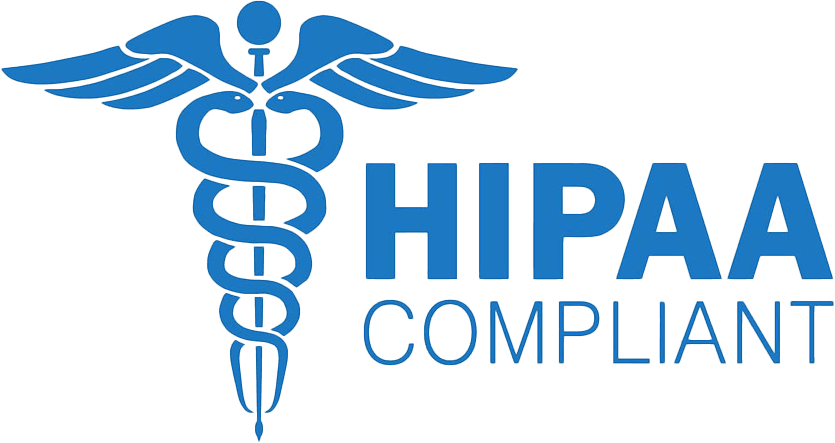Publish Date
2023-06-13
Introduction to HubSpot Integrations
HubSpot integrations help create seamless connections between HubSpot, a leading CRM and marketing automation platform, and various third-party tools and systems. Integrations are crucial in modern business operations by enabling data synchronization, workflow automation, and enhanced productivity. HubSpot is a robust platform that provides businesses with comprehensive CRM, marketing, sales, and customer service solutions, making it an ideal choice for organizations looking to streamline their operations.
This blog explores the world of HubSpot integrations, including native and custom integrations, key examples such as CRM, marketing, CMS, and communication integrations, implementation best practices, and future trends, highlighting the importance of integrating HubSpot with third-party tools to streamline business operations and enhance productivity.
Types of HubSpot Integrations
Native integrations are pre-built connections that HubSpot offers with popular third-party tools. These integrations are designed to simplify the process of data exchange and workflow automation. For instance, HubSpot integrates seamlessly with email marketing tools like MailChimp and Constant Contact.
This integration allows businesses to sync their contact lists, automate email campaigns, and track the performance of their marketing efforts directly within HubSpot. Similarly, integrations with customer support platforms such as Zendesk and Freshdesk facilitate a smooth flow of customer data, enabling efficient customer service operations. E-commerce platforms like Shopify and WooCommerce can also be integrated with HubSpot to streamline order management and customer interactions.
Custom integrations are tailor-made connections businesses can develop to integrate HubSpot with their unique tools and systems. Custom integrations are ideal when organizations have specific requirements or need to connect proprietary software with HubSpot. The process of building custom integrations involves leveraging HubSpot's API and webhooks.
Developers can use integration frameworks and tools to establish bidirectional data flow and automate workflows between HubSpot and other platforms. Custom integrations provide businesses with flexibility and the ability to create personalized workflows that cater to their needs.
Key HubSpot Integrations and Use Cases
Sales and Customer Relationship Management (CRM) Integrations
Integrating HubSpot with popular CRM systems like Salesforce and Microsoft Dynamics enables a seamless data flow between marketing and sales teams. By connecting HubSpot with a CRM, businesses can ensure a unified view of customer interactions, improve lead management, and streamline sales. The integration allows sales teams to access marketing data and track the progress of leads, enabling more informed and effective sales strategies.
Marketing and Advertising Integrations
Integrations with advertising platforms like Google Ads and Facebook Ads empower businesses to track the performance of their marketing campaigns and automate lead nurturing processes. With the integration, companies can capture leads directly from ads and synchronize them with HubSpot, ensuring a cohesive marketing and sales strategy. This integration provides valuable insights into campaign effectiveness, enables targeted marketing efforts, and maximizes the return on advertising investment.
Content Management System (CMS) Integrations
Integrating HubSpot with popular CMS platforms like WordPress and Drupal enhances a company's website capabilities. The integration allows businesses to leverage dynamic content personalization, lead capture forms, and visitor tracking features. By combining the power of HubSpot's marketing automation with the flexibility of a CMS, businesses can deliver personalized experiences to website visitors, gather valuable data on their behaviour, and optimize their content strategy for improved engagement and conversions.
Communication and Collaboration Integrations
HubSpot integrations with communication and collaboration platforms like Slack and Microsoft Teams improve team collaboration and streamline internal communications. These integrations enable teams to receive important notifications, share data, and collaborate on projects without switching between multiple platforms. By centralizing communications within HubSpot, businesses can enhance efficiency, reduce communication gaps, and improve cross-departmental collaboration.
Implementation and Best Practices for HubSpot Integrations
Before integrating a third-party tool with HubSpot, businesses should consider factors such as their specific requirements, the compatibility of the devices, and the availability of reliable integration options.
Integrating third-party tools with HubSpot typically involves accessing the integration settings within HubSpot, authorizing the connection with the desired device, mapping data fields, and configuring synchronization preferences.
To ensure accurate and reliable data synchronization, establish clear guidelines for data mapping, implement proper data hygiene practices, and regularly monitor data integrity. Defining ownership and establishing processes for managing data within the integrated systems is essential.
Thoroughly testing integrations before deploying them in a live environment is crucial. It is advisable to conduct extensive testing to ensure data consistency, proper workflow automation, and error handling. In case of any issues, businesses should have troubleshooting mechanisms and seek support from the integration providers or development teams.
When integrating HubSpot with third-party tools, it is essential to prioritize data security and privacy. Businesses should ensure that the integrated systems comply with applicable data protection regulations and implement necessary security measures, such as encryption, access controls, and regular data backups.
Future Trends in HubSpot Integrations
HubSpot is expected to expand its integration offerings by collaborating with more third-party tools and platforms as it grows. This expansion will give businesses a more comprehensive range of options to integrate HubSpot with their preferred tools and systems.
With the evolution of technology, new integration categories are likely to emerge. For instance, integrating HubSpot with emerging technologies such as artificial intelligence (AI) and chatbots can revolutionize customer interactions, lead management, and marketing personalization.
Integrating HubSpot with AI-powered tools and chatbot platforms can enable businesses to automate tasks, personalize customer interactions at scale, and gain deeper insights into customer behaviour. This integration can enhance the efficiency and effectiveness of marketing campaigns and customer service operations.
Advancements in HubSpot integrations can significantly impact business productivity by automating repetitive tasks, streamlining workflows, and providing real-time insights. These advancements can help businesses save time, reduce manual effort, and focus on strategic initiatives that drive growth.
Final Say
HubSpot integrations allow businesses to streamline operations, enhance productivity, and drive growth. Whether through native integrations or custom integrations, HubSpot seamlessly connects with a wide range of third-party tools, enabling data synchronization, workflow automation, and enhanced collaboration.
By integrating HubSpot with CRM systems, marketing platforms, CMS, and communication tools, businesses can achieve a unified view of customer interactions, optimize marketing campaigns, personalize website experiences, and improve team collaboration.
As the integration ecosystem expands and new technologies emerge, businesses are encouraged to explore and leverage HubSpot integrations to enhance their operations and stay ahead in today's competitive landscape. To learn how Wrk can optimize HubSpot for your team, contact our Automation Experts today!
Start Automating with Wrk
Kickstart your automation journey with the Wrk all-in-one automation platform







